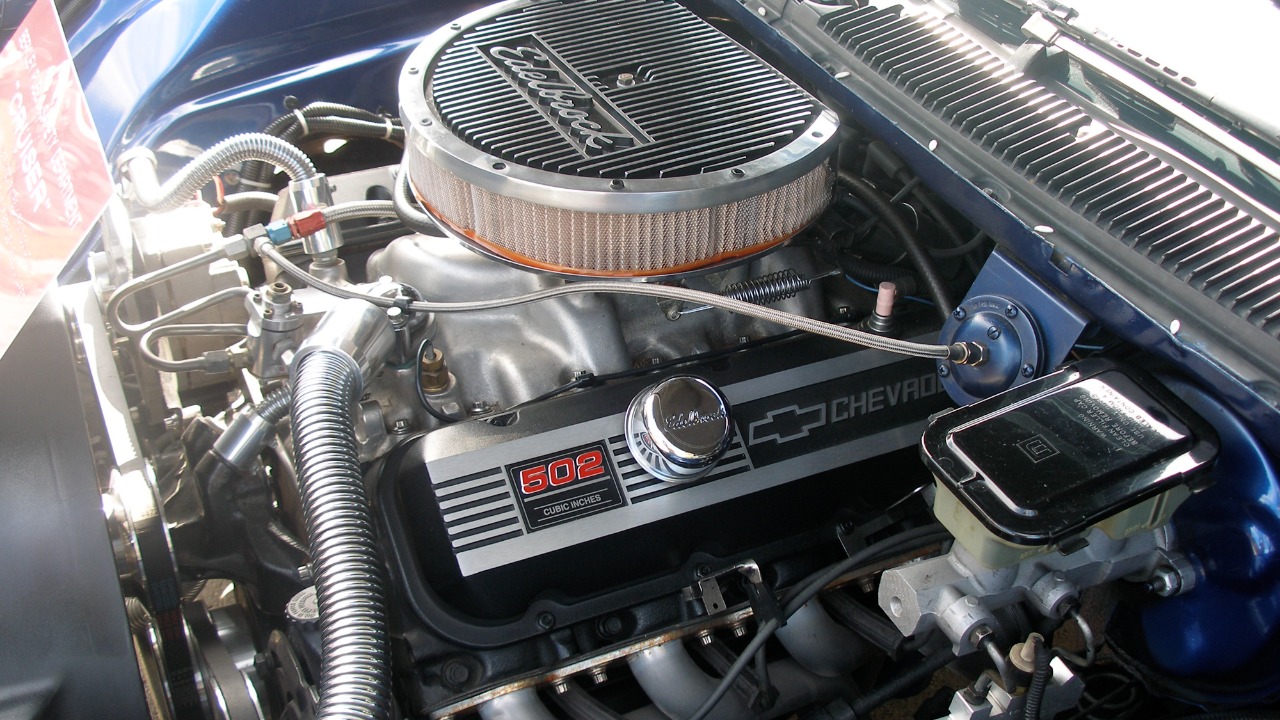
Chevy big-block V8 engines, affectionately known as “Rat Motors,” have left an indelible mark on the automotive world with their powerful performance and enduring legacy in muscle cars and hot rods. These engines, which powered iconic vehicles for over half a century, revolutionized automotive performance with their torque prowess, as documented in the annals of Rat & Mouse lore.
The Origins of the “Rat Motor” Nickname
The term “Rat Motors” emerged in the 1960s as a slang term for Chevy’s big-block V8s, distinguishing them from the smaller “Mouse” engines. This nickname was born out of the engines’ aggressive, high-revving character that seemed to “eat up” the streets. The term became synonymous with the early performance scenes, with enthusiasts appreciating the raw power and performance of these engines. The historical account of Chevy V8s changing the automotive world, as detailed in Rat & Mouse, provides a fascinating insight into the origins of this nickname.
Early Development of Chevy Big Block V8s
The big-block family of Chevy engines was distinguished by its displacement and architecture, setting it apart from the small blocks. Key engineering features such as the larger bore and stroke enabled these engines to deliver massive power outputs from the start. The big block made its debut in 1965 in models like the Corvette and Impala, establishing its role in muscle car history, as noted in A Rat’s Life.
Performance Milestones and Torque Rankings
Over the years, several variants of the Chevy big block V8 engines have produced impressive torque figures, with some exceeding 500 lb-ft. High-torque engines like the 454 and 502 have dominated drag racing and street performance, illustrating the power and performance capabilities of these engines. The 10 Highest-Torque Chevrolet Big Block V8 Engines provides a comprehensive ranking of these engines, highlighting their specific output figures and applications.
Evolution Through Decades of Production
The Chevy big block V8 engines have seen several adaptations from the Mark IV series in the 1960s to later generations. These engines have been praised for their durability and their ability to adapt to changing emissions regulations. Mid-cycle updates in the 1970s and 1980s kept the big block relevant amid changing regulations. The engine’s versatility across trucks, boats, and cars is a testament to its enduring appeal, as it thrived for over half a century.
The Final Chapter: The 8.1L Vortec V8
The 8.1L Vortec V8 marked the end of GM’s big block era. Introduced for heavy-duty trucks in the early 2000s, this engine bridged the gap between classic and modern powertrains with its displacement and fuel-injected design. However, its production was discontinued around 2007, marking the end of big-block production, as detailed in The 8.1L Vortec V8 Was GM’s Last-Ever Big Block Engine.
Legacy in Hot Rodding and Modern Enthusiasm
“Rat Motors” continue to be popular in restorations and custom builds, with aftermarket support keeping them alive. Their cultural impact extends to media and events, from drag strips to collector shows. The ongoing fascination with these engines is explored in Why Are Chevy Big Block V8’s Called Rat Motors?.
Why the Nickname Endures Today
The term “Rat” has endured due to its association with speed, scavenging parts, and raw power in DIY scenes. When compared with “Mouse” for small blocks, it completes the full Chevy V8 family dynamic. The influence of Rat & Mouse on performance culture since the 1980s has ensured that the nickname continues to resonate with enthusiasts today.
More from MorningOverview